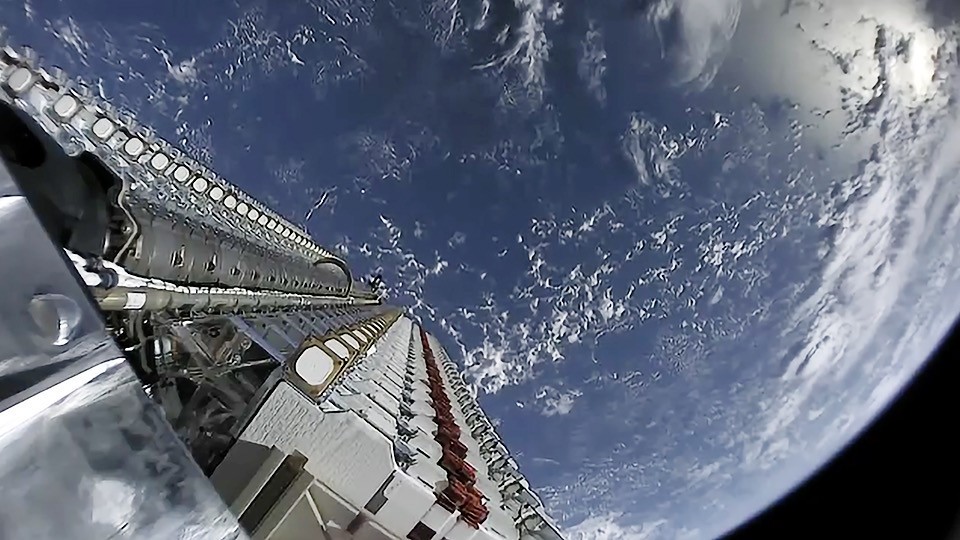While a few weeks ago SpaceX added new satellites to its Starlink constellation, the company faces a serious problem. Although there are still many satellites to be sent into space, a small part of those already present would already be lost.
After many difficulties, SpaceX successfully launched around sixty new Starlink satellites in early October 2020. Now, the number of machines making up the famous constellation is 773. that eventually the goal is to deploy at least 12,000 over the next few years, although Elon Musk would like to reach one 42,000 total . This will make it possible to offer very high-speed Internet access to the entire planet. Some populations, such as the Amerindian Hoh tribe living in the state of Washington (United States), for example, consider themselves lucky to benefit from Internet coverage and have recently made it known.
Only here, as Business Insider explains in an article from October 16, 2020, 3% of satellites Starlink might already be lost. This claim is made by Jonathan McDowell, an astronomer at the Harvard-Smithsonian Center for Astrophysics.

Be aware that sending satellites into orbit is not easy. Indeed, these concentrates of technology have many reasons to stop working. Problems may arise, for examplewith communication systems or thrusters. When such issues occur, satellites become space junk. But for years, humanity has known very well that the issue of space waste is very worrying. There are indeed risks with regard to other space facilities like the ISS housing astronauts.
The main risk remains that of high-speed collision . Unfortunately, when debris is impacted, it generates new debris, sources of a domino effect with a name:Kessler syndrome . Thus, this problem must absolutely be taken into account since SpaceX only sent a small part of the total of the planned satellites.
In order to estimate these 3% of satellites already down, Jonathan McDowell says he based himself on observing the movements of satellites in question. This is therefore an estimate and SpaceX does not wish to communicate on the failure rate of its devices. For the astronomer, 3% loss is not a very important failure march. However, even a reasonable failure rate will be a source of a lot of space waste.
By doing a little math, it's easy to figure out the reason for the worries. If this 3% failure rate does not change by the time the 42,000 satellites wanted by Elon Musk are in place, he will therefore have 1,260 lost satellites . So imagine waste of 250 kg each drifting in space. For its part, SpaceX ensures that in the event of a breakdown, the devices will naturally fall back to earth and disintegrate in the atmosphere. To be continued!